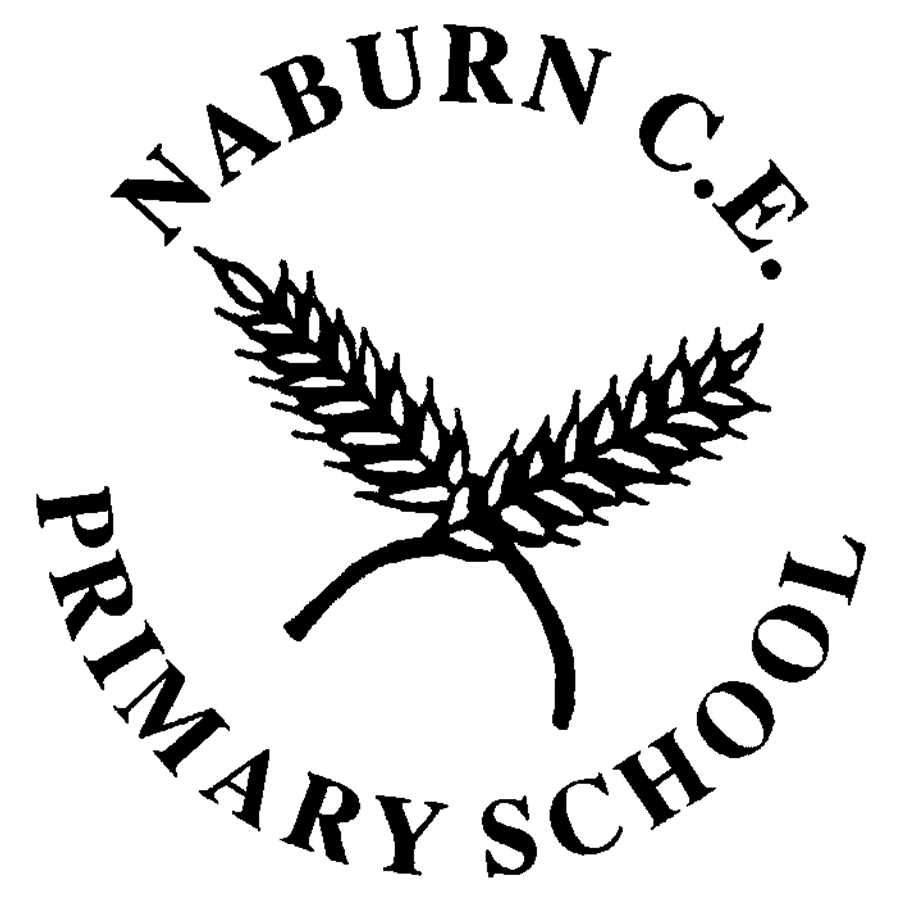How Cornerstones Curriculum is designed and why.
In recent years, cognitive science has become hugely influential in designing and implementing the primary curriculum. This emerging evidence has provided Cornerstones (our current curriculum provider) with a new and exciting way of thinking about the design of a curriculum that can help children to know and do more.
As a result, they have now developed an evidence-informed curriculum called Curriculum 22. This curriculum takes the most robust aspects of cognitive research and applies them in practical ways. Not only does this save us time, but it also ensures our curriculum is completely up to date with the latest learning theory.
While Cornerstones have incorporated many aspects of current research into Curriculum 22, they recognise the power of professional knowledge. The flexibility of Curriculum 22 and Curriculum Maestro’s functionality means that we can use, adapt and tailor the curriculum to meet our school’s specific needs and aims. In this document, you’ll learn about the cognitive and educational theories that influence the curriculum. You’ll see how they have translated and integrated elements of this research into the curriculum in both practical and helpful ways.
Curriculum 22 is concept-led, with large and small concepts providing the structure for the essential knowledge and skills of the curriculum. Organising the curriculum this way means that children are better able to develop deep conceptual understanding rather than simply learning a menu of disconnected facts and information.
Tier 1 Big Ideas (large concepts)
The Big Ideas are the large concepts that drive the curriculum. They provide broad categories for organising the curriculum’s smaller concepts, knowledge and skills. These large concepts are transferable across the subjects included in Curriculum 22.
Tier 2 Disciplinary concepts (small concepts) Aspects (subcategory not a concept)
Small or disciplinary concepts come from the Big Ideas of the curriculum. These smaller more specific concepts allow us to plan for deep learning in each subject discipline. Aspects are subcategories of small concepts and relate to parts of a discipline that are not concepts. An example of this includes map work in geography.
Tier 3 Knowledge and skills
Conceptual understanding requires content knowledge. The knowledge and skill statements set out the substance needed to develop children’s understanding of the large and small concepts. They also ensure comprehensive coverage of the national curriculum programmes of study. National curriculum programmes of study run throughout the curriculum.
Giving our children cultural capital
Curriculum 22 is based on a framework of powerful knowledge, linked to concepts, aspects and Big Ideas of the curriculum. Each project has a range of first-hand experiences that relate specifically and meaningfully to the knowledge and skills of the curriculum. Such activities range from educational visits to expert visitors. In addition, technical vocabulary is mapped across the curriculum with some projects supplemented with novel or book studies. Curriculum 22 resources also incorporate high-quality photographs, images and videos that actively reveal and engage children in new and exciting worlds they might not have the opportunity to ever see in their everyday lives. This in turn improves and increases the cultural capital of all our children, which is particularly important in our diverse community.
Knowledge
Our school’s curriculum has a clear and progressive knowledge and skills framework. Great attention was given to the knowledge and skills included in the progression framework that underpins the curriculum. The national curriculum released in 2014 was said to be highly influenced by the work of E.D. Hirsch. Hirsch proposed that: ‘children need to learn facts in a highly organised and structured way… therefore creating the imperative to get back to the basics with a robust core curriculum.’ Research for Cornerstones Curriculum 22 resulted in a planned progression framework with knowledge and skills statements mapped out incrementally across all year groups and subjects. To provide even greater depth, lesson-specific knowledge is provided in each lesson plan and in the knowledge organisers.
Retrieval
One of the strongest learning theories is retrieval practice. In Curriculum 22, concepts, knowledge and skills are sequenced and spaced at different intervals across the curriculum to allow children to practice retrieval. Suggestions are made in lesson and project plans so that Teachers know when and what resources to use to maximise children’s opportunities for retrieval. Our curriculum also provides short-term quizzes and tests for retrieval practice and low-stakes assessment opportunities.
Sequence, chunks and collaboration
In the curriculum, learning is well planned, carefully sequenced and taught in small chunks that do not overload the children’s working memory. Instead, concepts, knowledge and skills are built gradually through projects and lessons so that children can gradually build their learning. Moreover, learning resources are specifically designed to provide the key knowledge children need for any lesson. Collaborative group work can lighten the cognitive load in complex tasks, so in the curriculum there is a range of approaches to teaching that include individual and group activities.
Verbal and Visual
Combining verbal and visual information means children are better able to transfer it into their brains. The curriculum takes account of this theory by ensuring we present the knowledge children need in a variety of different ways, including verbal and visual. Resources often use diagrams and photographs alongside text for maximum coding. All diagrams and photographs are clear and accurate, and always use high-quality, ambitious texts. The curriculum also includes podcasts and videos.

